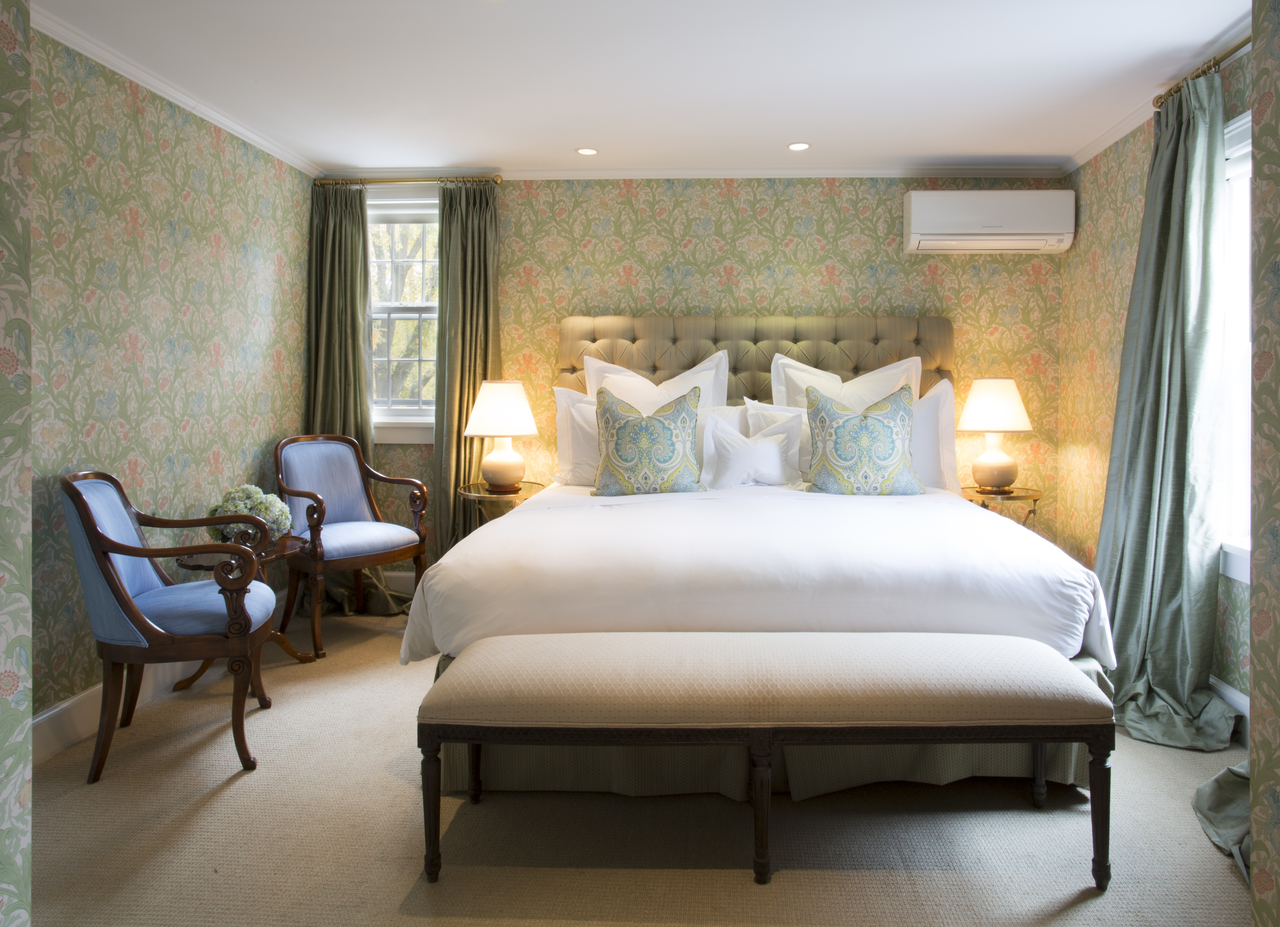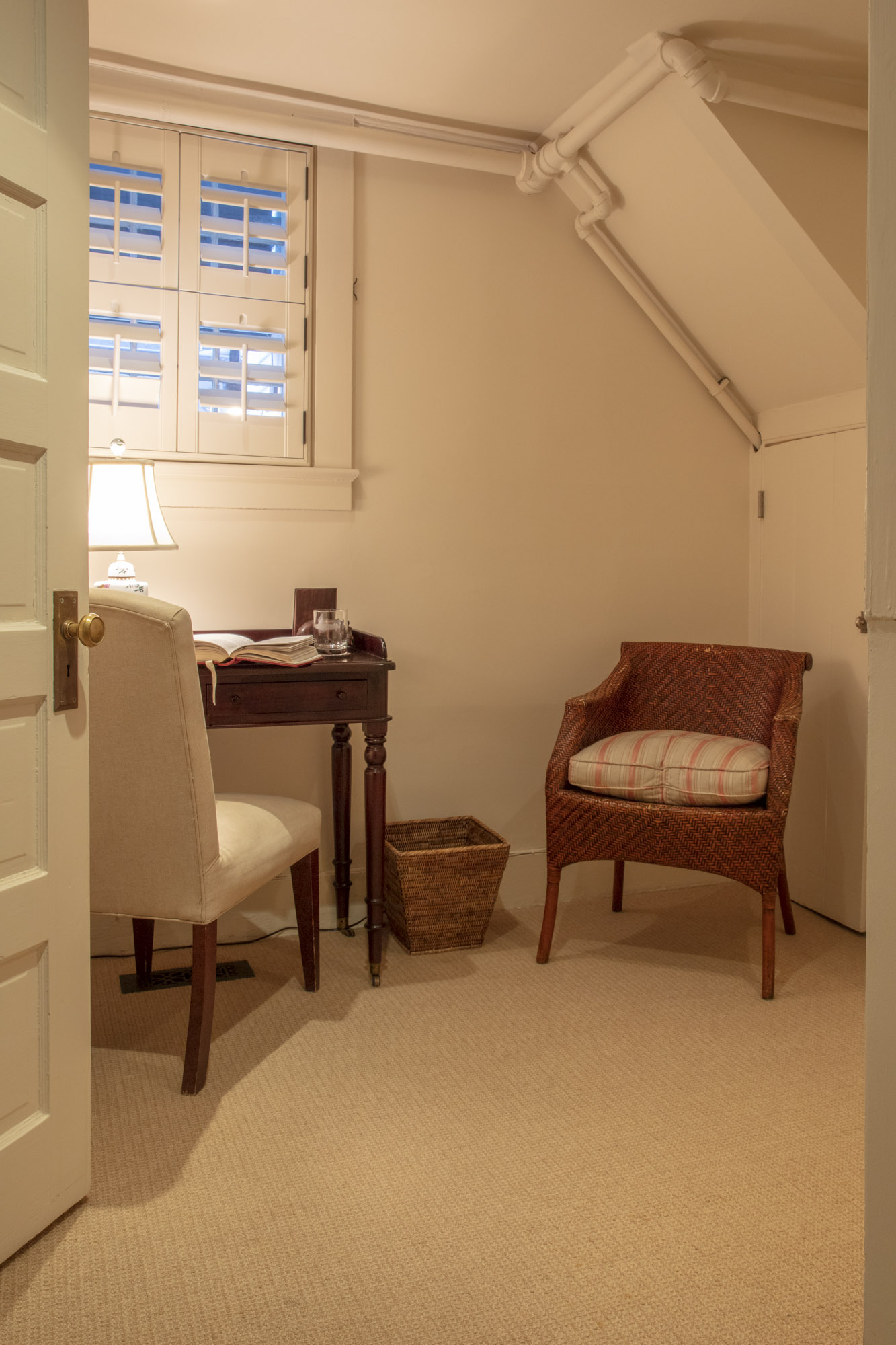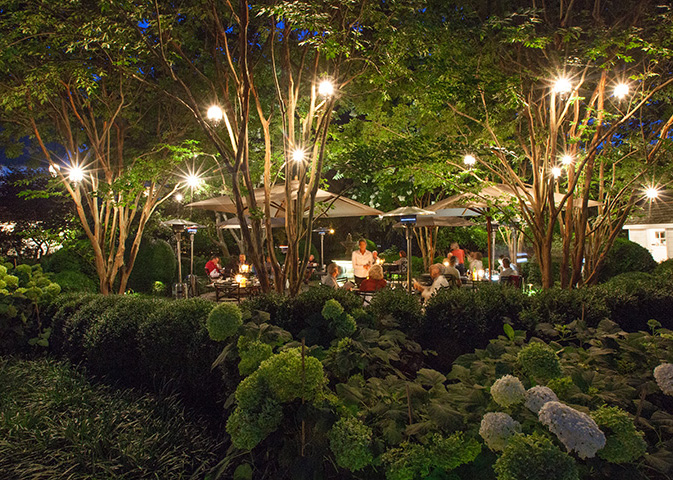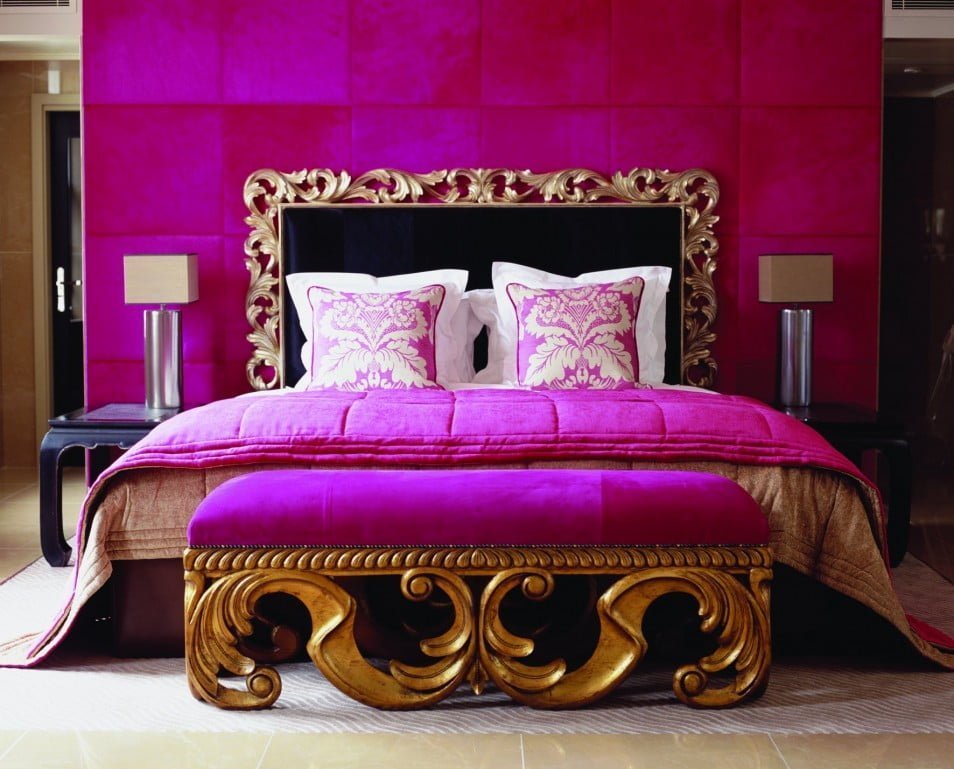Table Of Content

Proportion is the relative size of the design elements compared to each other. It comes organically once you’re done with your contrast and balance. Like the examples above, modern digital product designers utilize visual systems to create distinct experiences for their companies. The visuals are the first part of the experience the user will encounter, and they have a powerful impact on the perceived quality of the rest of the experience. Balance provides stability and harmony in design, creating an environment that feels right and inviting.
Practical Application and Testing of UX Visual Design Principles
Similarly, strong UI design has been shown to have a high correlation with users’ perceived usability of an interface thanks to the aesthetic-usability effect. Helio’s advocate experts can help your team set up multivariate experiments that test the balance of different design decisions across multiple versions of your site. The key is to specifically measure the positive and negative reactions that you are intent on as a business. However, publications like magazines and textbooks are often designed so that every one or two pages there is an image-heavy page to pace and illustrate the surrounding text. Ads are sometimes used in magazines to pace different features. Pacing is a more subtle visual principle, which usually applies across multiple pages or screens.
Amazon Got Rich on These 4 Design Principles and You Could Too - New Canaan Advertiser
Amazon Got Rich on These 4 Design Principles and You Could Too.
Posted: Mon, 30 Apr 2018 07:00:00 GMT [source]
Guide to Autoregressive Models

Once you see that arrow (between the E and the X), and the other arrows that reification suggests, it's pretty hard to unsee it. Let’s look at a concrete way to put reification in action on a website. The image on the left is the “before” image – look to the right to see adjustments that take advantage of the principle of reification to make a more memorable (and less cluttered) layout.

Similarity and contrast
Let’s unwrap these concepts and see how they can transform your digital canvas into a masterpiece of user engagement. We came across Kelley Gordon’s post on UX visual design principles. It’s easy to get caught up in focusing solely on aesthetics, neglecting usability, or prioritizing functionality at the expense of visual appeal. Understanding the principles of design and how they interact is vital for both new and expert designers. Implementing them purposefully is key to creating visually appealing, functional designs.
Color theory and color psychology provide a strategic foundation for choosing colors that create a specific mood and tone in a design. Shapes are another basic visual design element that typically form the core of any design piece. We typically think of shapes as geometric circles and rectangles, but they come in all forms imaginable. Be sure to leave some space around elements on your pages, especially the most important ones.
These elements and principles together form the building blocks of visual design, and a firm understanding of them is crucial in creating a visual design of any product. Visual-design principles inform us how design elements such as line, shape, color, grid, or space go together to create well-rounded and thoughtful visuals. Contrast refers to the level of difference between design elements to create visual hierarchies. The variation makes certain elements stand out more than others. You can apply contrast by using colors, textures, sizes, and shapes.
Invoking Design Principles, Kpe Innocent Builds Minimal Human Figures with Geometric Shapes — Colossal - Colossal
Invoking Design Principles, Kpe Innocent Builds Minimal Human Figures with Geometric Shapes — Colossal.
Posted: Tue, 23 May 2023 07:00:00 GMT [source]
Your Guide to Hamburger Menus
In that case, the narrower element should have a “heavier” visual weight than the wider one to achieve a balanced look. Balance within a composition can be achieved in a couple of different ways. It’s achieved when elements on either side of a central vertical axis are basically the same. For example, two text blocks on either side of the page would create symmetrical balance, even if the content of those blocks wasn’t identical. The WWF logo, shown earlier, is an example of making use of the principle of gestalt to create interesting designs. When we’re designing websites, we can make use of a grid for achieving a sense of unity, since elements organised in a grid will follow an orderly arrangement.
The variety of shapes in this design and their fairly random layout create a sense of chaotic movement that leads the viewer’s eye to the center. The repetitive shapes in the background of this site create a sense of random rhythm due to their varying sizes, colors, and placement. Staying updated on emerging design trends and techniques is essential for any designer looking to stay relevant in the ever-evolving field of visual design. Follow design blogs, attend workshops and conferences, and participate in online communities to stay informed about the latest developments in the industry. Additionally, continuously experimenting with new tools and techniques in your projects will help you stay ahead of the curve and maintain a competitive edge in the field.
How can I apply the principles of visual design in my projects effectively?
Let’s spice things up with contrast, the secret seasoning that turns a bland design into a feast for the eyes. You want to create a level playing field where visuals are pleasingly distributed, creating a sense of harmony and order. It’s all about making sure your design doesn’t tip over with too much weight on one side or the other. Visual principles are powerful tools for us as designers, because they work with how people naturally see the world and interpret visual information. If the eye is immediately drawn to something in a design — a headline, for example — that element is said to be “high” in the visual hierarchy. If an element is one of the last things the eye travels to — perhaps a page number — it is said to be “low” in the visual hierarchy.
You can do this through things like scale, white space, color, shadow, pattern, or other techniques. We can use colour, shape, contrast, scale, and/or positioning to achieve this. For instance, most websites have a main “hero” image, which uses dominance to appeal to users, drawing them to it naturally.
Easy, fast, effective, and based on the basic design principles presented above. There might be many variations to this answer, however, in most, you’ll definitely find the design principles below. In this article, I’ll help you develop the atomic-level pieces of your design system such as color, spacing, and typography. I can’t tell you how to make it appropriate for your individual company, only you can do that, but I can provide a framework for focusing your fundamental visual design decisions. As you apply these principles in your projects, keep the conversation going.
In most cases, this means the most important information the design is meant to convey. Be trustworthy and credible – identify yourself through your design to assure users and eliminate the uncertainty. Check out Ran Segall’s video below on three principles for web design.






















